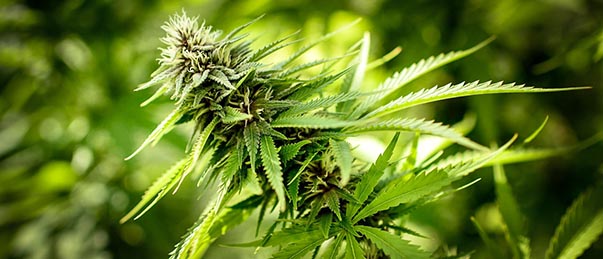There has been a fair amount of hype over the past few years from unreliable new media declaring the comeuppance of genetically modified cannabis – specifically, Monsanto brand cannabis. While such a prospect sounds frightening indeed, the rumors are invariably false, and unsurprisingly so. When it comes right down to it, a Monsanto model of cannabis would never work, and there are many reasons why.
So what exactly is a GMO? A genetically modified organism is an organism which has been engineered to contain genes in its DNA that would not normally be present – thus changing its genome.
Monoculture is a practice that in many ways was born from the production of GMOs, and goes hand in hand with their development. Monoculture is the cultivation of a single crop in large quantities.
In order to turn a profit from new GMO seeds, that particular crop must be the primary crop being sold and utilized by farmers. It is far more efficient and financially viable to produce and market a single strain, then to tend and produce multiple varieties. This is why purple carrots or green tomatoes are no longer seen in the average super market.
The success of the Monsanto GMO model relies heavily on the ability to market a single strain for mass production, which does not leave room for heirloom varieties and diversity.
Now it starts to become clear that a Monsanto model would never work for a crop as diverse and nuanced as cannabis. There are numerous factors that the average consumer considers when choosing a cannabis strain: terpene profiles, cannabinoid content, sub-species and even appearance. These factors combine to create endless combinations, each as exciting as the next. Diversity is highly valued in the cannabis community – not every strain is right for every moment.
For example, take a look at cannabinoids. There are many cannabinoids and multitudes of combinations present in each strain. The most famous are THC and CBD.
THC – the most well known, responsible for the classic “high” sensation, is in stark contrast to CBD, which has emerged as a powerful medicine without the typical head high. Then there is CBN, which is excellent for insomnia, while THCv is an appetite suppressant. These are only a few of many existing cannabinoids with varying effects.
Combinations of these create a grand display of diversity when choosing a strain. As each cannabinoid has unique uses, it would be a loss to only experience one dominate cannabinoid, and not the many variations thereof.
Then there are the sub-species of indica, sativa, afghanica and ruderalis, which many have individual preferences for.
And of course, one must consider terpene profiles. Where a monoculture model may work for say, potatoes, where most consumers have a general consensus on how they’d like their potato to taste, the same cannot be said for cannabis consumers.
For example, an informal poll amongst friends found wide varieties in taste. Some prefer diesel strains, while others always opt for fruity or citrus flavors. Still others prefer skunky, cheesy or floral strains.
Terpenes account for the smell and flavor profiles of a strain, and there are many different types and combinations to consider. Floral lovers may prefer strains with the terpene linalool, the “lavender” terpene, or terpinolene, the “lilac” terpene. Mycerine, the “mango” terpene will delight fruit strain lovers, while limonene will satiate those who prefer citrus, and borneol those who prefer mint. Meanwhile pinene (pine), caryophyllene (black pepper), eucalyptol (eucalyptus), and humulene (hops) will find friends in lovers of earthy and spicy strains
Now, when also taking into consideration the many various health benefits of these terpenes, it would be egregious to think that a single strain with a single terpene profile would ever be sufficient for the needs of all cannabis consumers.
If one considers the endless possibilities that exist when combining terpenes, cannabinoids and sub-species of cannabis, it becomes clear that it would be impossible to create a single, or even a handful of strains, that could satiate the personal preferences of the entire cannabis community. Ultimately, it is the love of diversity in the cannabis world that will protect the plant from the capitalism of monoculture and GMOs.











